BRANDED CONTENT
From phantom thieves to guardians of hospital gates, find out more about Singapore's intriguing medical history
Discover the treasure trove of hidden secrets in these notable heritage institutions
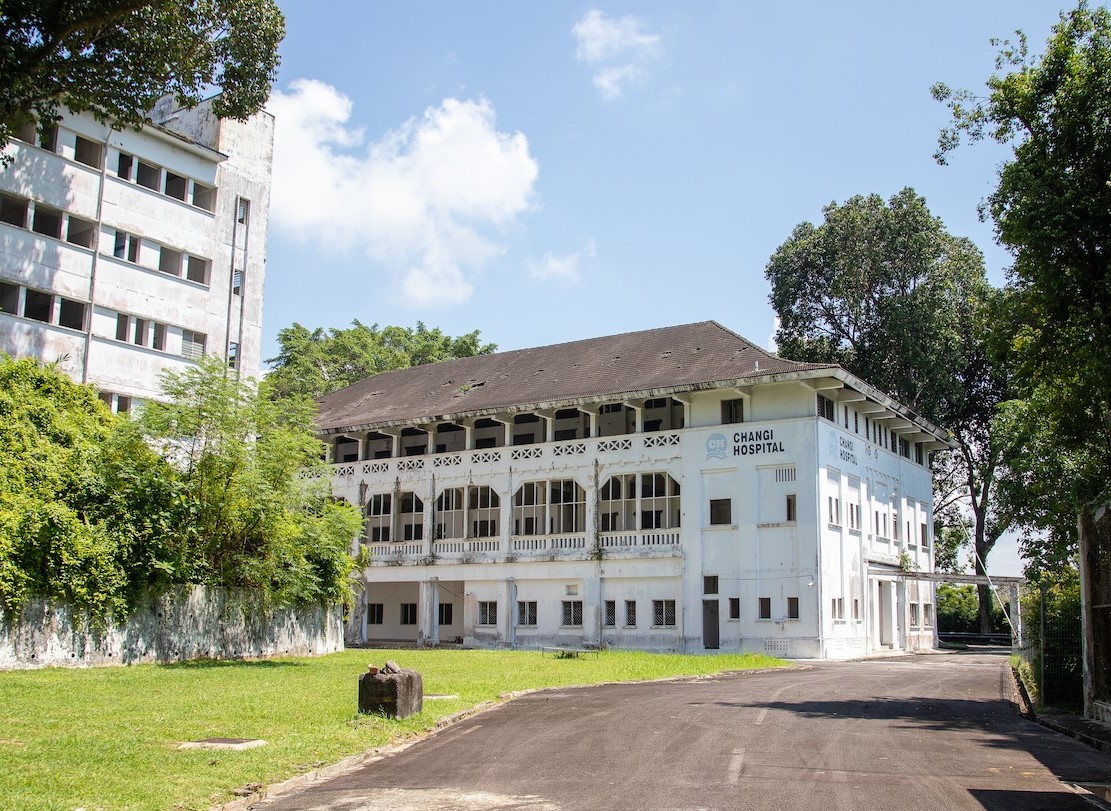
Old Changi Hospital is notorious for being haunted. However, independent researcher and heritage enthusiast Jerome Lim explains that most of the myths surrounding the former hospital hold very little water.
PHOTO: JEROME LIM
Follow topic:
Beyond the acronyms of our healthcare institutions, what do you really know about Singapore's medical heritage?
Do you know, for instance, if Old Changi Hospital's reputation for being haunted is truly deserved? Or what animal guarded the gates of the former Middleton Hospital? And what about the good samaritan who worked behind the scenes to keep hospitals running during the Japanese Occupation?
Mr Jerome Lim, independent researcher, heritage enthusiast and manager of award-winning local history blog The Long and Winding Road, takes us through lesser-known truths about these buildings of our medical history:
1. The misunderstood past of Old Changi Hospital
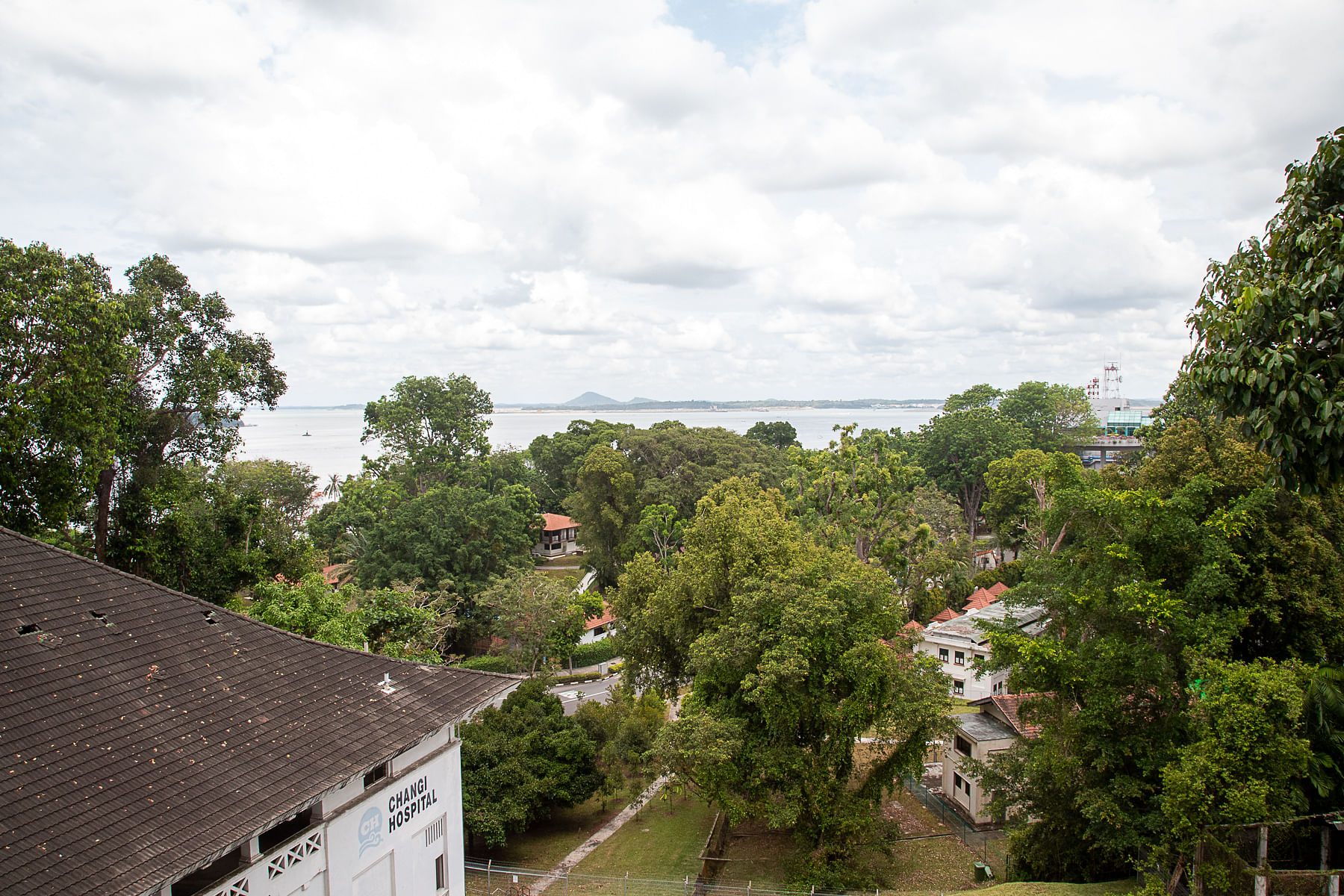
The setting for countless local ghost stories and even a television drama, Old Changi Hospital - originally occupying two buildings put up in the 1930s when it was established in 1947 by the British colonial government as part of its military base camp in Changi - is arguably the most notorious of Singapore's historic medical institutions.
All manner of unsavoury characters are purported to roam its abandoned corridors, from an errant cabal of satanists performing forbidden rituals to sightings of soldiers walking around and the ghostly apparitions of a nurse with a child in her arms and that of a little boy who just sits and stares.
But the most propagated myth by far is that the building served as a torture facility for the Kempeitai or Japanese secret police during the Japanese Occupation.
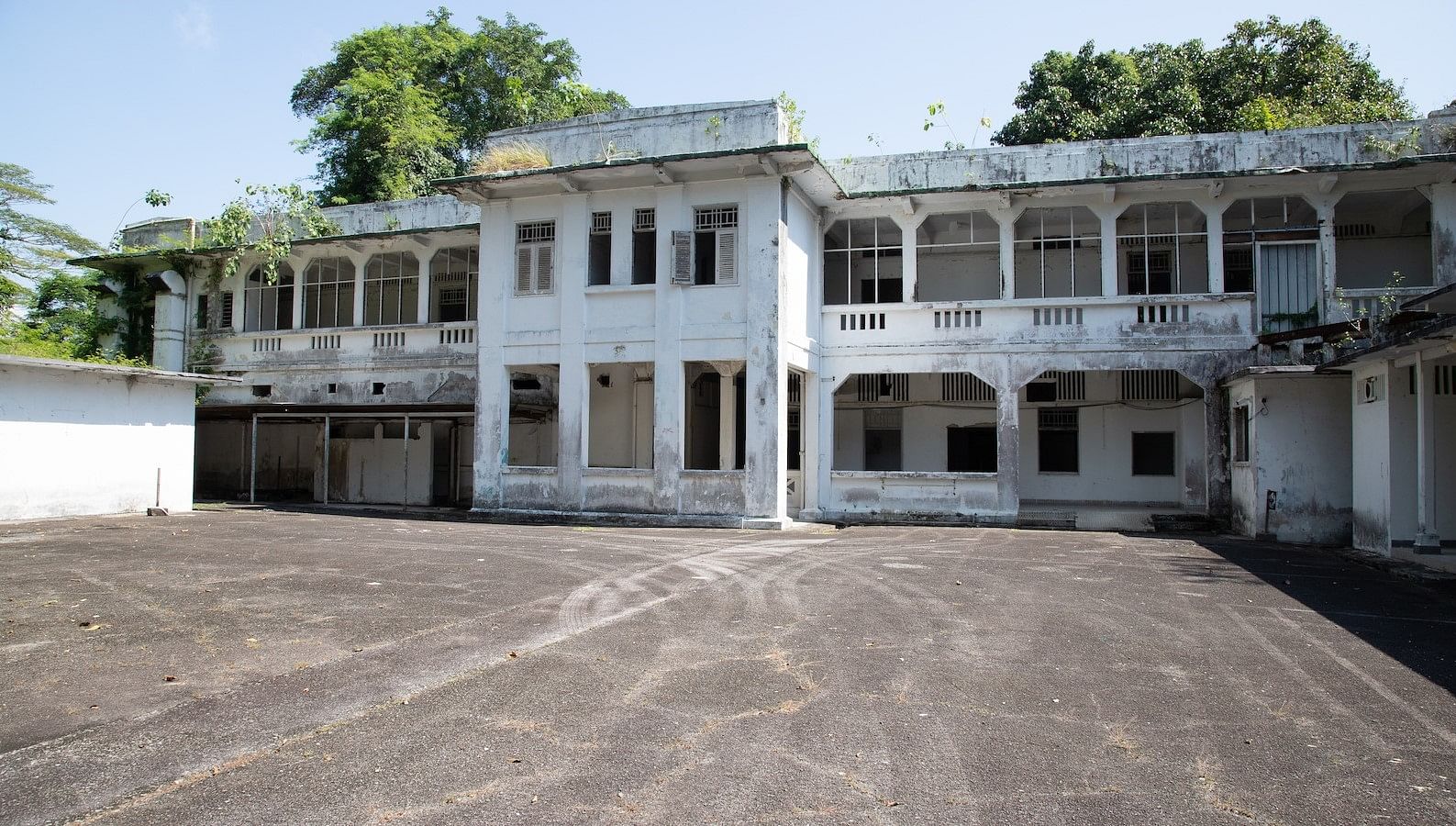
Fortunately - or unfortunately, depending on how you look at it - this story holds very little water, according to Mr Lim.
While it was used as part of a prisoner-of-war (POW) camp for over 50,000 from February 1942, conditions were not as bleak as one would have expected. For instance, the Japanese forces were overwhelmed and let the captured British officers maintain order and discipline of the POWs in the camps. Then, after the establishment of the Southern Area College in Kitchener Barracks, they had access to education, sports and theatrical performances.
As prisoners were gradually dispersed to various work camps around Singapore and Japanese-occupied South-east Asia, the number of POWs dwindled to the point where the camp was shut down in May 1943, and repurposed as a barracks for units constructing a nearby airstrip.
In 1947, the British Royal Air Force (RAF) commissioned a full-time hospital for the RAF Changi base, repurposing Blocks 24 and 37 of the nearby barracks into RAF Hospital Changi. This would later become the beginnings of the Changi Hospital that operated until 1997.
No recorded reports of Kempeitai torture on the premises actually exist.
This venue is a State property managed by the Singapore Land Authority.
2. The thief of St Andrew's Mission Hospital
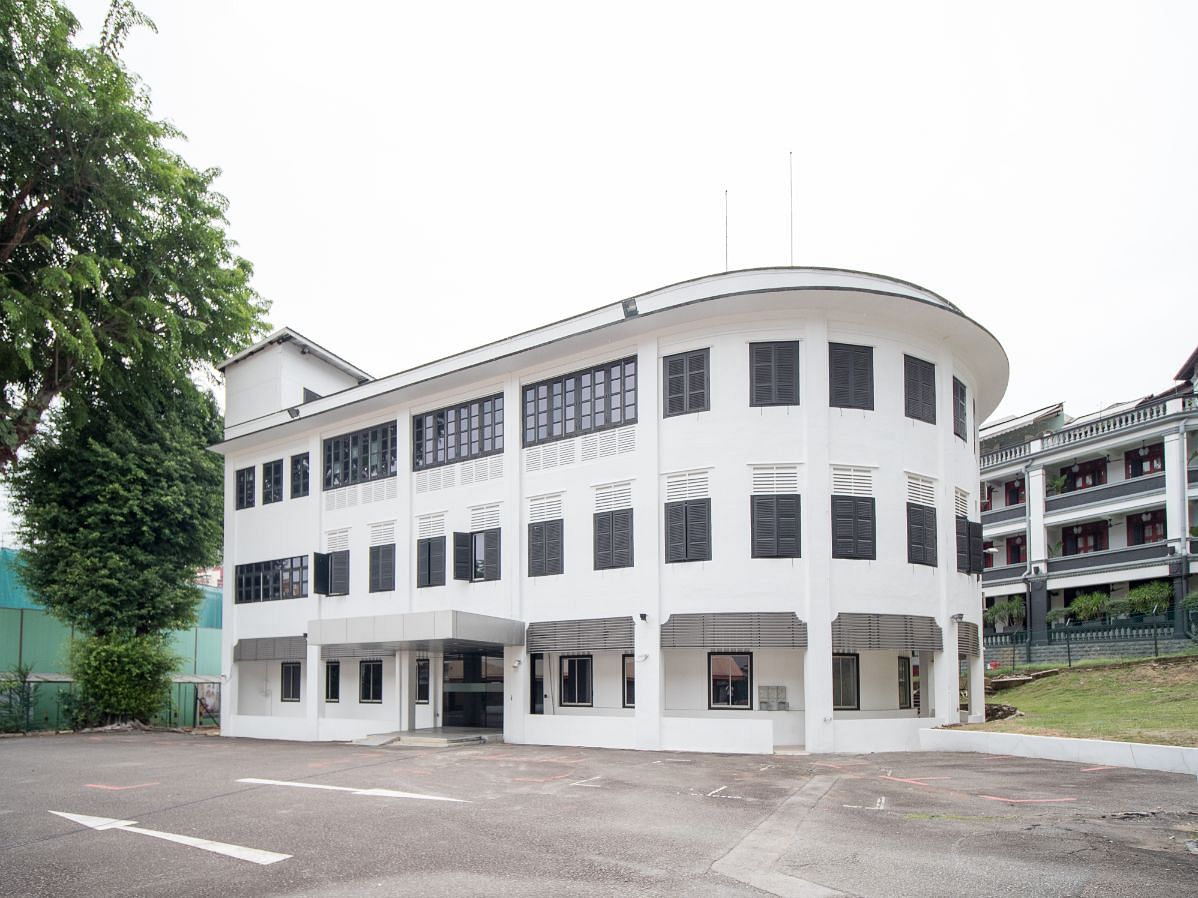
Throughout its long and storied history, 5 Kadayanallur Street has gone by many names.
From 1964 to 1998, the building served as the Maxwell Road Outpatient Dispensary. But many years before that, it became St Andrew's Mission Hospital in 1923 before being repurposed as the Shimin Byoin, a hospital for women and children, by the Japanese Occupation Civilian Administration in April 1942.
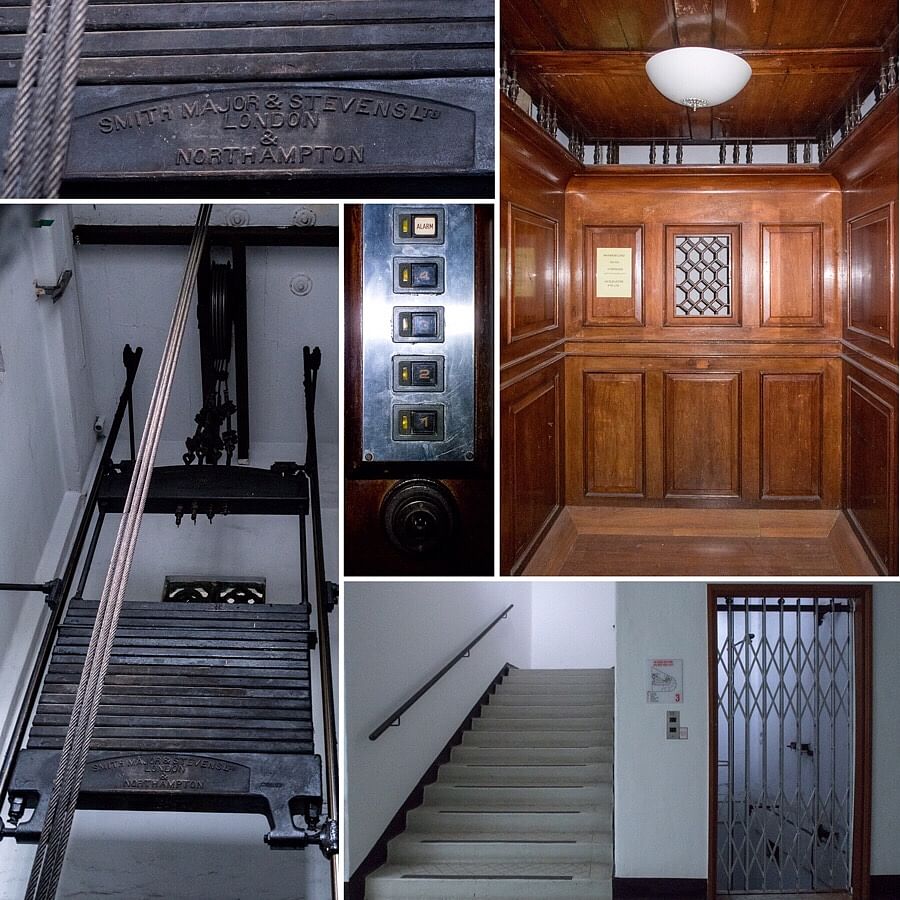
Dr Ho Boon Liat, then its director, later wrote of the hospital's wartime experiences in his book Syonan Interlude. A particular incident of note was the nightly visitations of a thief that would steal the eggs from the chicken cage up on the rooftop.
The urgency of solving the crime was exacerbated by the scarcity of wartime sustenance; eggs were a precious commodity in Japanese-occupied Singapore.
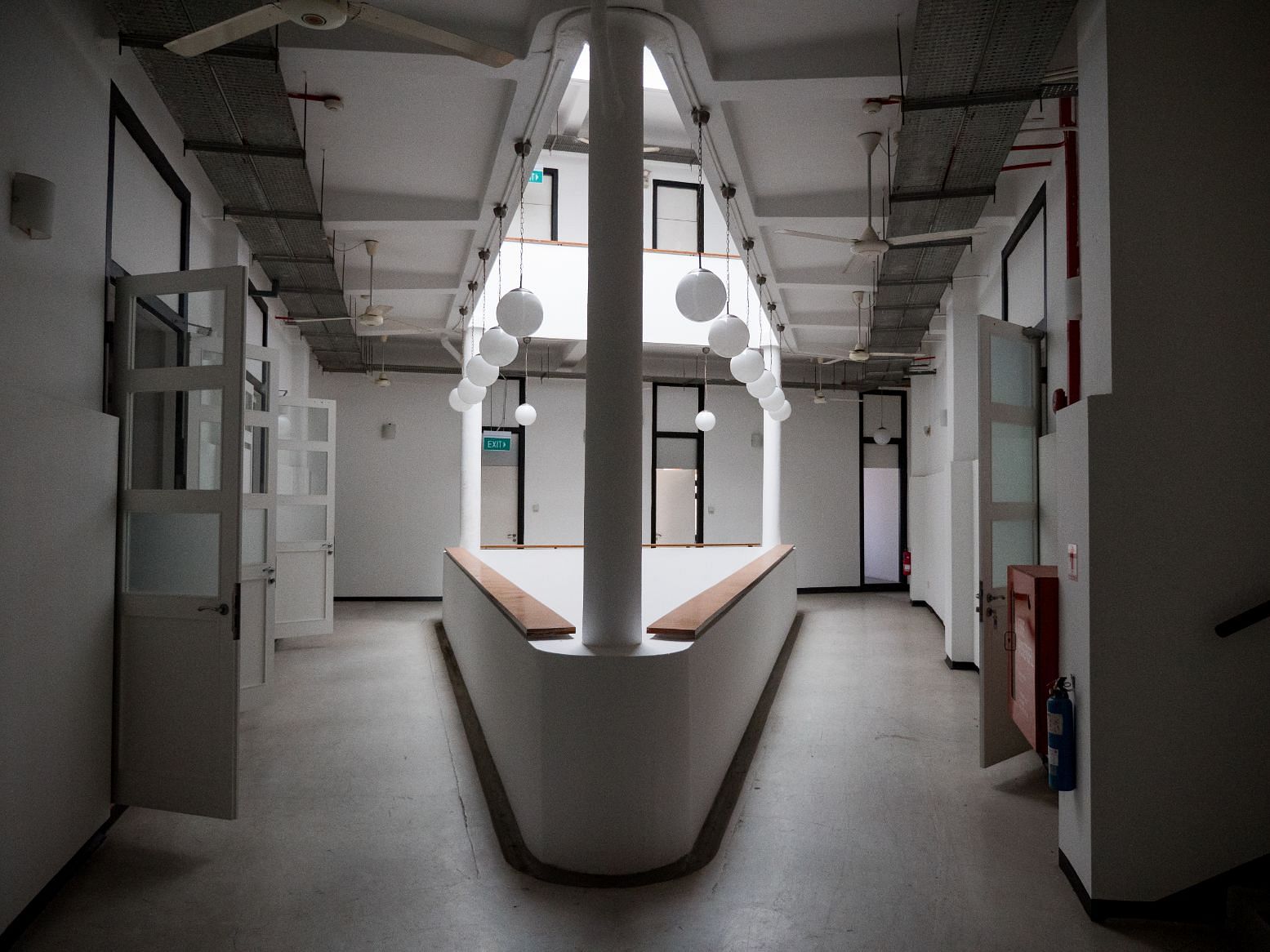
When the thefts continued, staff members conducted a stakeout, hoping to find the culprit from a list of suspects they had compiled.
As it turned out, it was an inside job that put to rest the fact that the eggs had not been stolen. Instead, they had been claimed by the resident cockerel, who had hidden the evidence of its misdeeds so skilfully that even the other residents of the cage were none the wiser!
This venue is a State property managed by the Singapore Land Authority.
3. The legacy of Middleton Hospital
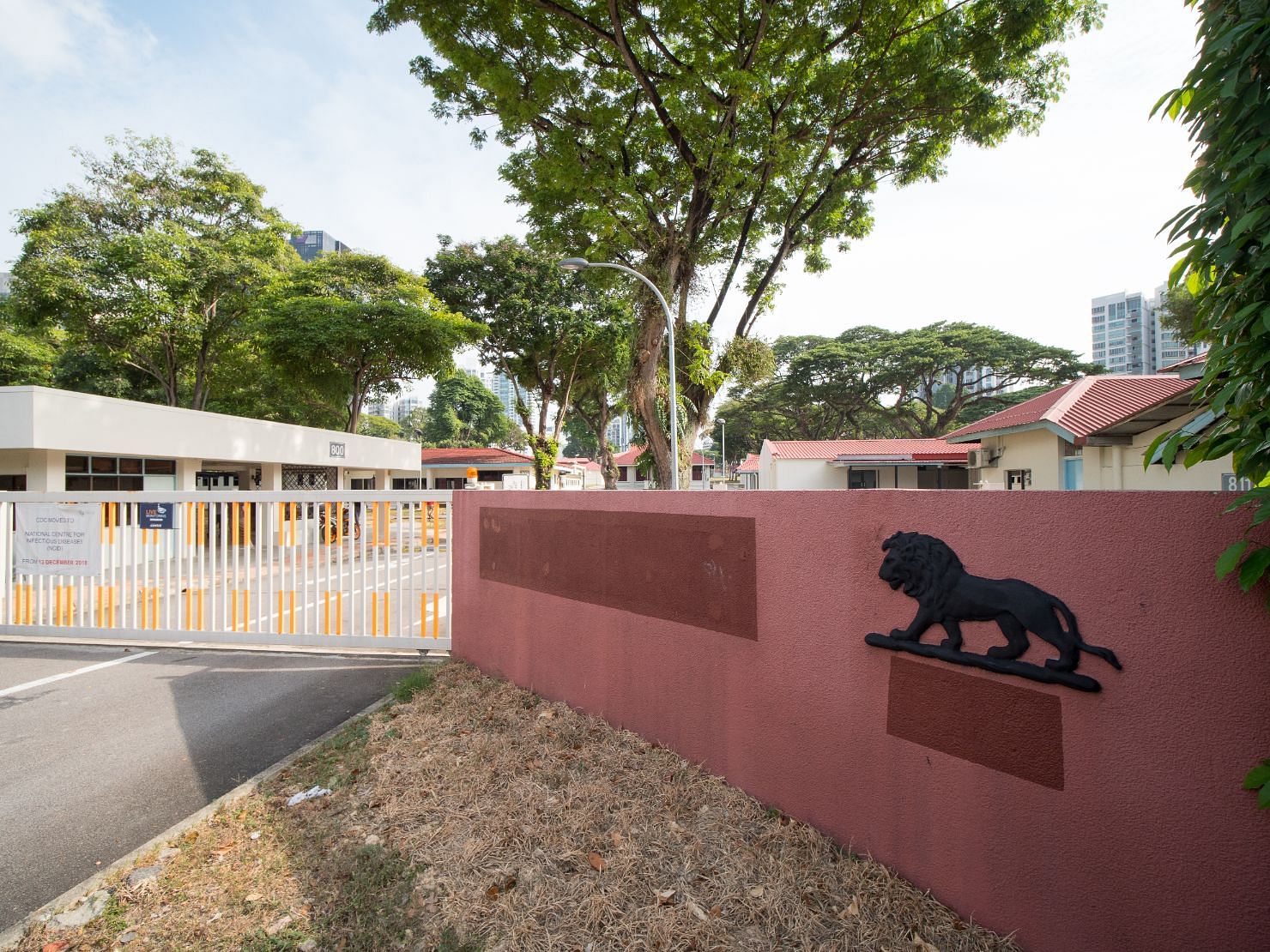
Many older Singaporeans are familiar with the former Middleton Hospital, with its two-storey gatehouse towering over Moulmein Green for over 70 years.
Named after Municipal Health Officer Dr William R C Middleton (1893 to 1920), the hospital was more commonly referred to by locals as "orh sai" (Hokkien for "black lion"), thanks to the black lion that graced its entrance.
The original black lion was removed along with the gatehouse during a road widening process in 1982. A different black lion then took its place at the entrance throughout the period of the building's operation.
Even after being rechristened as the old Communicable Diseases Centre (CDC) in 1992, it is still referred to as "orh sai" despite there being no traces of the original black lion today.
What does remain, however, is the unique layout of the premises. Initially given life in the 1910s as a hospital for infectious diseases like smallpox and cholera, the pavilion-style wards were built with a layout identical to hospitals of the time in England.
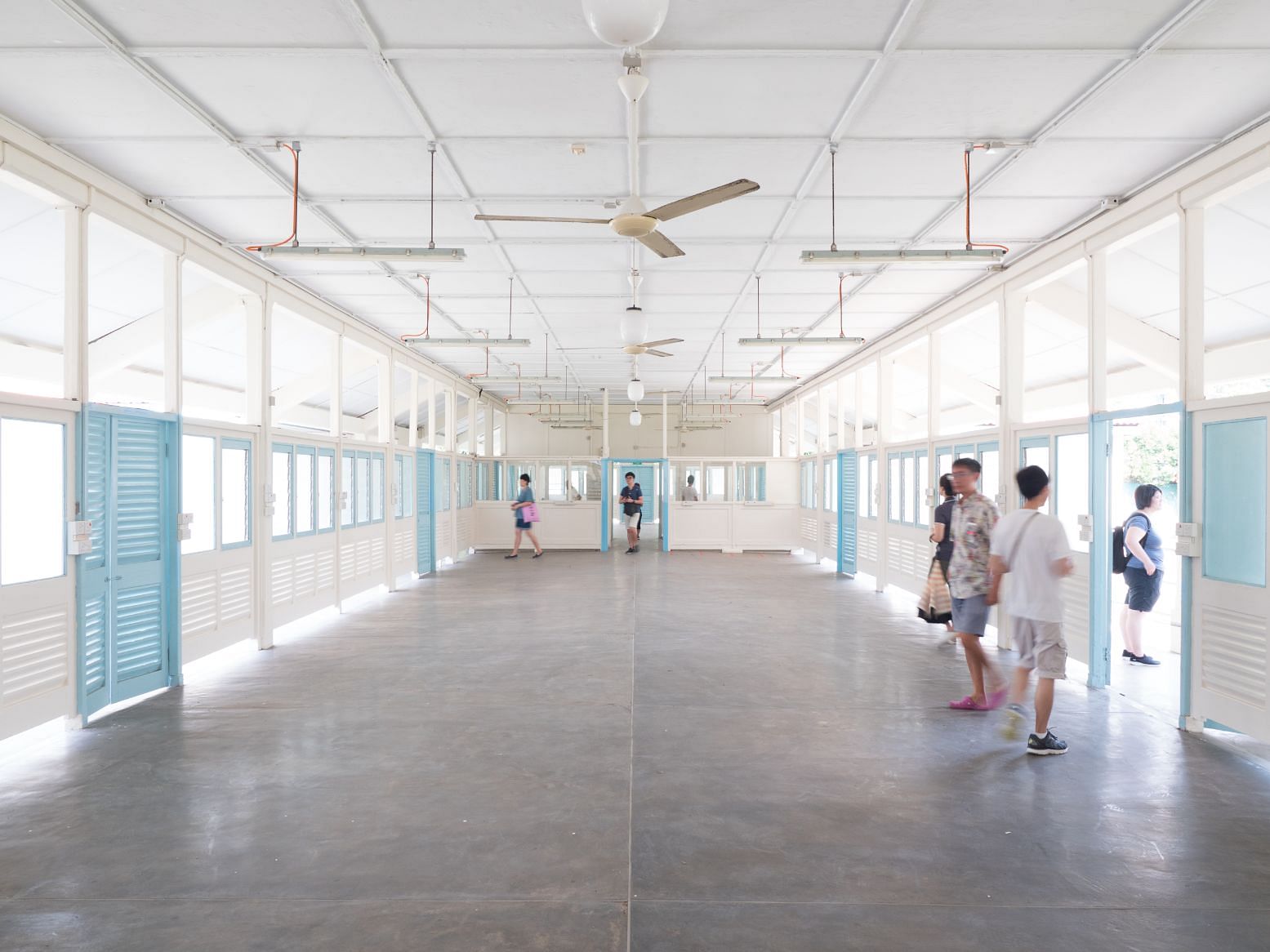
This "state-of-the-art" design, in Mr Lim's words, was in accordance with the prevailing English philosophy of curtailing the spread of infectious diseases by maximising ventilation.
While zoned for future redevelopment under the Urban Redevelopment Authority's Master Plan, the old CDC remains as a landmark until such time as it harks back to a time when space in Singapore was not under the same premium as it is today.
This venue is a State property managed by the Singapore Land Authority.
4. The wartime samaritan, graduate of medical school at Singapore General Hospital
During the Occupation, Singapore General Hospital (SGH) was taken over by the Japanese, forcing its staff and patients to relocate to then-Woodbridge Hospital as it was repurposed as the Japanese military's primary surgical centre.
Enter Dr Kozo Ando, a long-time resident of Singapore and a graduate of the King Edward VII College of Medicine at SGH, Malaya's leading medical school at the time.
A private medical practitioner, Dr Ando soon found himself the officer-in-charge of the Civilian Medical Department in Singapore.
He was noted by several of his local medical contemporaries as tireless in his attempts to help the local civilian populace. Chief among these was the subsequent relocation of Woodbridge Hospital personnel and supplies to the more central Tan Tock Seng Hospital, which made medical access much easier for less mobile patients.
Dr Ando was also crucial in the execution of a vaccination drive that inoculated an estimated 650,000 people against malaria and 160,000 against cholera, as well as the distribution of antimalarial quinine tablets to the public.
Dr Ando was responsible for the appointment of local doctors as directors of various civilian hospitals during the Occupation, including the relocation of the aforementioned Dr Ho Boon Liat (see section on St Andrew's Mission Hospital) and his wife to St Andrew's Mission Hospital, as well.
Dr Ando returned to Japan in November 1943, but his legacy as a civilian medical administrator lives on as a rare light in a dark period of Singapore's history.
SGH marks its 200th anniversary this year.
5. The isolation of Tanglin Military Hospital
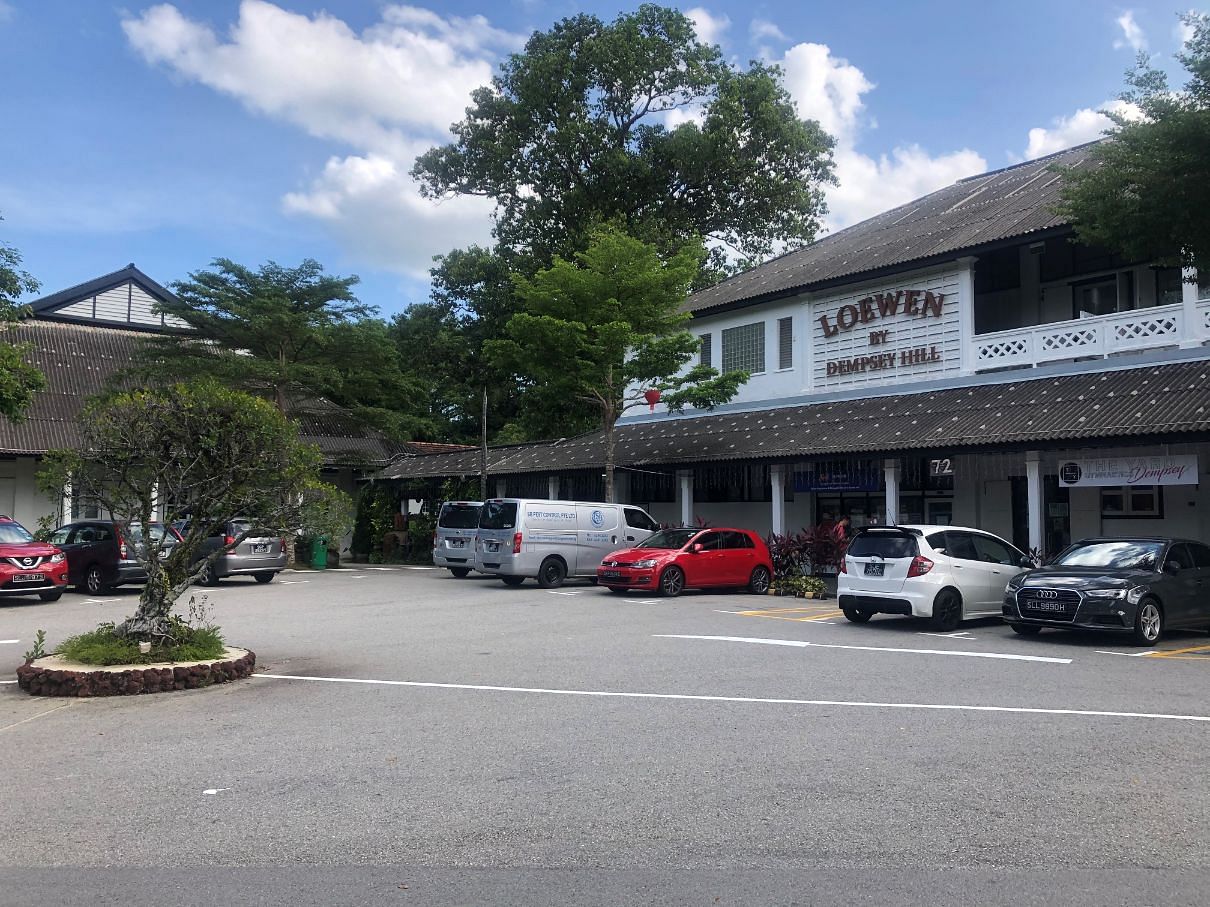
Today, Loewen Road in Dempsey is one of Singapore's trendiest lifestyle and retail destinations, with pet hotels, Korean barbecue restaurants and artisanal chocolatiers alike calling the small assembly of colonial-styled blocks home.
Its relative isolation from the rest of Dempsey's buildings, however, should give one a clue as to its initial purpose. In the late 1800s, when the shingles on the roofs were still made with attap palms, it served as Tanglin Military Hospital, the primary military facility for the British army until the opening of Alexandra Hospital in the mid-1940s.
With Alexandra Hospital more centrally located and better-equipped with facilities, staff and medical supplies, the relatively remote location of Tanglin Military Hospital made it ideal for relegation to an isolation ward dedicated to the treatment of highly contagious venereal diseases and skin conditions that ran rampant among the troops at the time.
Diving deep into Singapore's medical history
The information given here barely scratches the surface of the history of Singapore's medical institutions.
If you just have to know more about Singapore's medical history, you're in luck. Singapore HeritageFest 2021, on from now till May 30, is all about Singapore's medical heritage.
The Singapore Land Authority (SLA) manages about 5,000 State buildings including almost 500 black and white bungalows, cluster estates such as Dempsey and Chip Bee Gardens. Many of State properties such as the Old Changi Hospital and the former St Andrew's Mission Hospital at 5 Kadayanallur Street are distinctive and have a rich history.
Since 2017, SLA has been collaborating with heritage researcher Jerome Lim on the "Discovering Singapore's Best Kept Secrets" State property guided tours series. Through these tours, SLA hopes to give participants rare insights into, and an appreciation of, the lesser-known sites under its care.
For those interested in beginning volunteer work in the medical sector, click here to join a virtual sharing session with healthcare volunteers from the Institute of Mental Health, Kwong Wai Shiu Hospital and Tan Tock Seng Hospital on their experiences at wards and peer support groups.
Visit sgheritagefest.gov.sg to find out more about Singapore HeritageFest and register for its events.


